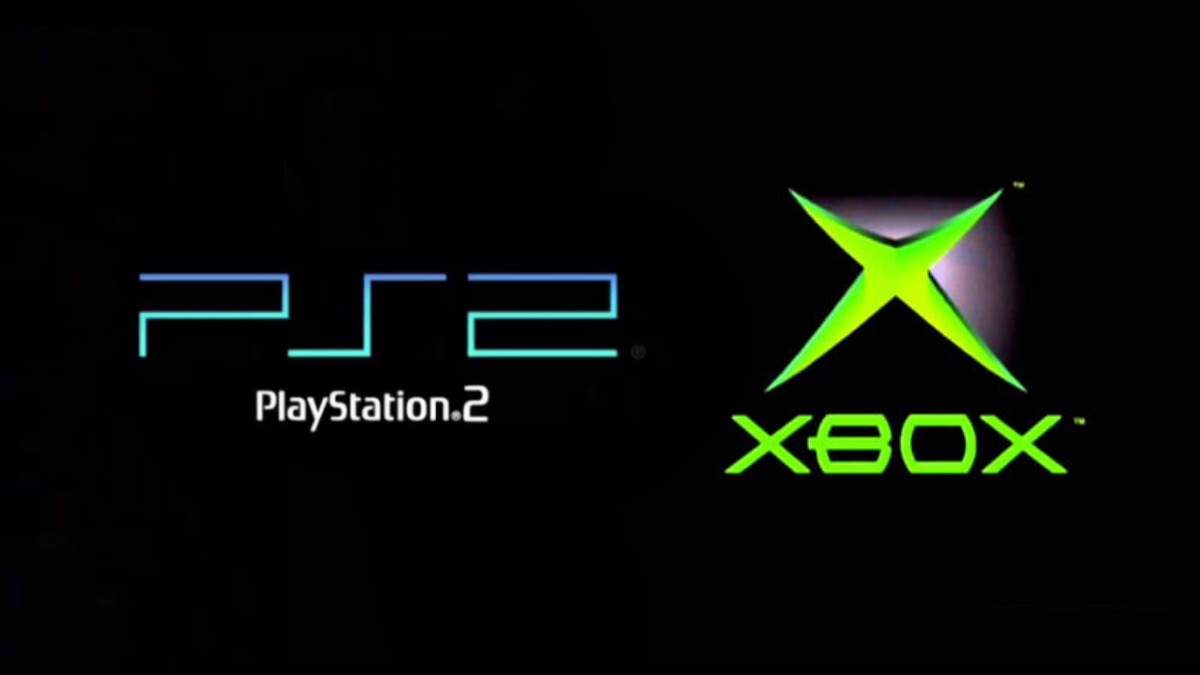Super Flower Blood Moon: How to See It and the Total Lunar Eclipse
Beware, the Blood Moon is here. Luckily for most of us, that doesn't mean much; none of us will [...]
Beware, the Blood Moon is here. Luckily for most of us, that doesn't mean much; none of us will — or, ahem, should — turn into werewolves and instead, will just get a spectacle to behold in the night sky. In the twilight hours of Wednesday morning, stargazers will be able to see what scientists call a Super Flower Blood Moon, a combination of a supermoon and lunar eclipse.
The best part of it all is that you don't really need to do anything special to see it. Depending on what time you look at the moon, combined with where you live, you may see the blood moon, and you may see the lunar eclipse. The lunar eclipse will be completely visible to those in the western United States just before the moon sets right before dawn. Those in the central part of the country will be able to see a partial lunar eclipse, and those on the East Coast won't be able to see any changes in the moon.
The eclipse is expected to start around 1:47 a.m. Pacific time for those along the West Coast. Nearly an hour later, around 2:45 a.m. PST, is when the eclipse will cause the "Blood Moon" effect, turning the moon a reddish color. The red will become darker as the moon continues to fall under Earth's umbral shadow. The entire event is expected to finish by 4:25 a.m. Pacific time.
"The term "supermoon" was coined in 1979 and is often used to describe what astronomers would call a perigean full moon: a full moon occurring near or at the time when the Moon is at the closest point in its orbit around Earth," NASA says about the event. "The term gives preference to the geometric alignment of Sun-Earth-Moon and allows the occurrence of perigee into a wider time period than the actual instant of perigee (up to about two weeks, which is almost half of the Moon's orbit)."
Unlike solar eclipses, you won't need to wear special glasses or technology to view the lunar eclipse, so you'll be able to gaze away without burning your eyes. In fact, some pros suggest using binoculars or a telescope during the lunar eclipse to get the best view possible.
If you don't live in a place where you can see the Super Flower Blood Moon with your own eyes, the Griffith Observatory is hosting a livestream of the event all night. You can check it out on their website right here.
Cover photo by MARCEL KUSCH/DPA/AFP via Getty Images




